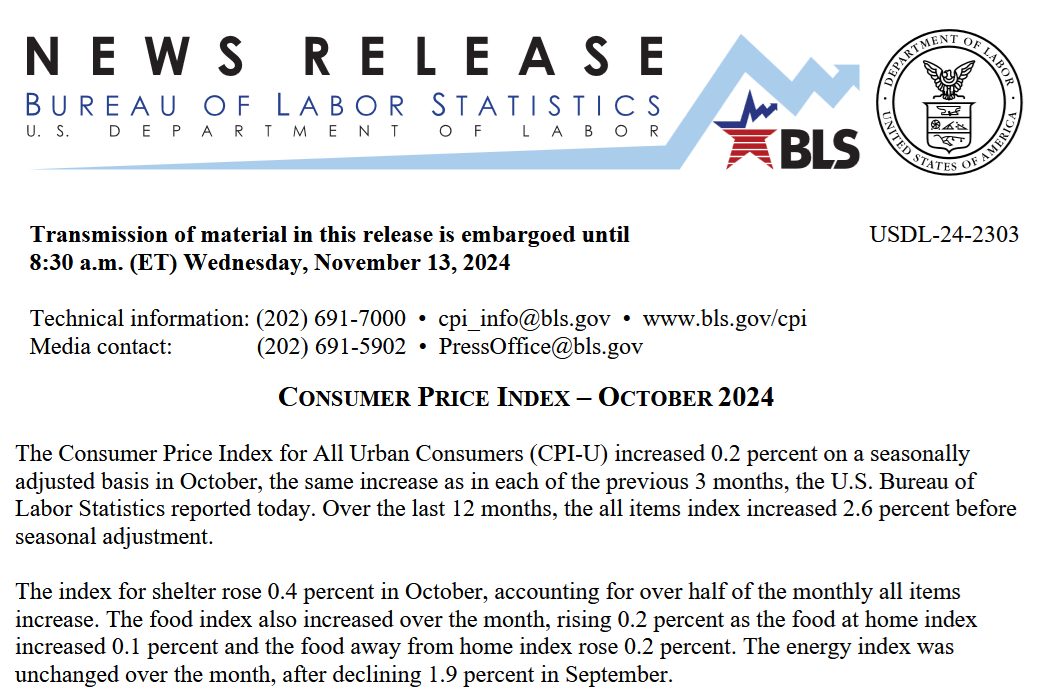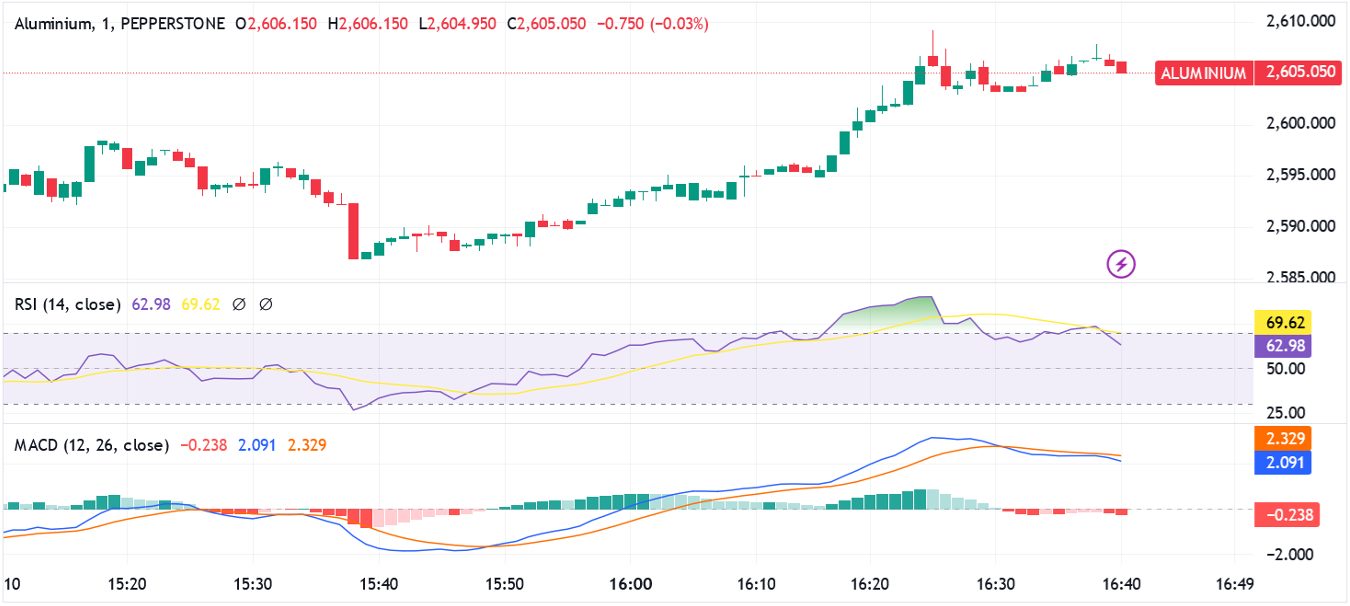CFD Trading In Palestine



Contracts for difference (CFDs) provide a flexible way for traders to bet on financial markets. They are derivatives, which means you can speculate on asset prices without having to own the underlying security.
In Palestine, trading assets like CFDs have risen in popularity in recent times. However, regional conflict has created challenges for traders, including volatility in markets and problems accessing trading platforms.
In this guide, you’ll discover the key things you need to know to begin CFD trading in Palestine.
Quick Introduction
- Despite conflict, Palestinians can still deal a wide variety of financial markets with CFDs, including Middle Eastern and global stocks, forex, cryptocurrencies and commodities.
- Leverage is widely used by day traders to control larger positions and pump up their profits. However, users of borrowed funds also increase the chances of making substantial losses.
- CFD trading is overseen by Palestine’s Capital Market Authority (PCMA). However, limited investor protections mean traders typically employ a broker that’s regulated by a respected overseas regulator.
- Active traders may need to pay personal income tax on their CFD profits of between 5% and 15% to The Palestinian Authority (PA).
Best CFD Brokers In Palestine
After thorough testing, we've identified these 4 CFD trading platforms as the top choices for traders in Palestine:
How Does CFD Trading Work?
These contracts allow traders to buy and sell across a wide spectrum of financial assets.
Unlike many securities, these derivatives are typically traded over the counter instead of via a regulated exchange. As a consequence, CFD traders are vulnerable to counterparty risk and transparency issues.
On the bright side, some CFDs enjoy high levels of liquidity which can reduce trading costs and make trading simpler.
Leverage is also widely available on these derivative products, allowing traders to make greater profits than if they solely used their own funds.
The use of borrowed money can also exacerbate trader losses if markets move in the ‘wrong’ direction. So leverage should only be used by experienced traders.
Here’s how it works…
Let’s say I wish to profit from movements in the Al-Quds Index. This index comprises 16 of the most prominent shares on the Palestine Exchange (PEX), and is viewed as a key benchmark of the health of the Palestinian stock market.
Stocks on the PEX are also quoted in US dollars (USD) to help local and international traders participate in the market.
If I believe the Al-Quds will rise, I could decide to buy an index-linked CFD from my brokerage. If each contract is priced at 480, and my broker requires a 20% margin, I’ll need to deposit JOD 960 to buy 10 contracts (480 per contract x 10 contracts x 20%).
Margin is collateral that a trader must put down to control a larger position. It is typically a small percentage of the total value of a trade.
If the Al-Quds were to rise to 490, I’d book a profit of JOD 10 for each contract upon closure of my position. In total, I’d make a profit of JOD 100 (10 x 10 contracts), minus any brokerage fees.
If, however, the index had reversed to 470, I’d have made a total loss of JOD 100 if I’d exited my trade at this point.
What Can I Trade With CFDs?
The range of financial securities that are tradable with CFDs varies amongst different brokers. Broadly speaking, the following contract types can be on offer to Palestine’s day traders:
- Stock CFDs: Investors could buy and sell local shares including Bank of Palestine, telecommunications provider Paltel and power supplier Palestine Electric. However, poor liquidity and limited availability on trading platforms mean CFD dealers tend to trade shares on major international exchanges instead.
- Index CFDs: Palestine’s community of traders also typically stick to overseas stock indices (such as the FTSE 100 and S&P 500) over domestic ones like the Al-Quds.
- Forex CFDs: Individuals can speculate on currency pairings involving the JOD and Israeli new shekel (ILS). But as with CFD shares, the focus tends to be on combinations involving major international currencies. Popular pairs include EUR/USD and GBP/USD, which pit the euro and the British pound respectively against the US dollar.
- Commodity CFDs: Palestine is not a major commodities producer on the global stage. Still, local traders deal in contracts based on a variety of natural resources including copper, gold, crude oil and wheat.
- Cryptocurrency CFDs: Contracts that are linked to virtual currencies like Bitcoin and Solana have exploded in popularity.
Political instability and military conflict in the region have considerably impacted Palestine’s financial markets in recent times, exacerbating price volatility and reducing liquidity.This has created both opportunities and risks for active traders.
Is CFD Trading Legal In Palestine?
Yes. Financial markets are supervised by Palestine’s Capital Market Authority (PCMA), which was established back in 2004.
The regulator’s self-stated mission is “to create the appropriate environment to achieve stability and growth in the capital market and protect the rights of consumers, by regulating, developing, and supervising the activities of the non-banking financial sectors.”
Financial brokers need to be licenced by the PCMA to do business. The regulator publishes a list of authorized companies that can be accessed via its “Securities Sector” webpage.
Unfortunately, Palestine’s regulatory framework is not as comprehensive as those in some North American, European and Asian regions. And so local traders usually prefer to use brokers approved by reputable regulators in these overseas territories.Check out DayTrading.com’s list of the best CFD trading platforms available across international markets.
Is CFD Trading Taxed In Palestine?
The Palestinian Tax Authority hasn’t released specific guidance on how CFD trading activities will be taxed. However, active traders typically pay personal income tax on their profits at the following progressive rates:
| Annual Taxable Income (ILS) | Tax Rate |
|---|---|
| 1 to 75,000 | 5% |
| 75,001 to 150,000 | 10% |
| 150,001 and above | 15% |
A CFD Trade In Action
Now you have the basics, you’re ready to begin trading these derivative contracts. But what might a CFD trade look like in the real world?
In this hypothetical example, I’ll show you how I might profit from buying an aluminium-linked CFD around the time of a major economic release.
The Background
Aluminium is one of the world’s most consumed metals. It has a multitude of applications and is used across many sectors including transportation, construction, aerospace, packaging and consumer goods.
My plan is to buy an aluminium CFD and sell it shortly after the US Bureau of Labor Statistics (BLS) makes its latest consumer price inflation (CPI) announcement. On this occasion, I plan to use leverage to boost my potential profits.

My expectation is that annual inflation was 2.3% last month, lower than the 2.5% that financial markets are pricing in. If I’m correct, prices of base metals and related CFDs could rise in value.
Weaker inflation typically translates to lower interest rates, a scenario that is supportive of economic growth that can push up the prices of industrial commodities.
I come to this conclusion after studying key economic data like previous inflation reports, GDP numbers and labour market statistics.
But my research doesn’t end here. I also conduct technical analysis on aluminium to get a better understanding of where prices might go after the data release.

The Trade
With my homework finished, I’m ready to place my trade. So I sit down 10 minutes before the BLS makes its CPI announcement at 14:30 Eastern European Time (EET). This is the time zone used in Palestine.
At this time, the aluminium CFD I wish to trade is changing hands at $2,605.55 per tonne. I purchase 3 contracts using a margin of 20%, which means me depositing a margin of $1,563.33 ($2,605.55 x 3 contracts x 20%).
Next, I use risk management tools to help me book a profit or limit losses with my trade. Using devices like this are essential in CFD day trading where prices can move significantly within seconds.My risk management strategy sees me place a ‘take profit’ instruction at $2,623.94 per tonne and a ‘stop loss’ order at $2,596.31.
With this dual approach, my position will automatically close when the CFD moves to my take profit or stop loss levels, whichever happens first.
Shortly after my trade is placed, the BLS announces CPI inflation of 2.3% last month. This is in line with my estimate, and in the following few minutes, my aluminium CFD had breached $2,623.94 per tonne.
With my ‘take profit’ order met and position closed, I’ve accumulated a profit of $55.83 ($2,623.94 – $2,605.55 x 3 contracts).
Bottom Line
CFDs are popular tradeable financial securities in Palestine, although military action has created problems for traders.
Trading these derivatives carries the potential for high rewards. However, it also exposes individuals to elevated levels of risk, a fact made worse by the region’s patchy regulatory framework.
If you’re ready to begin trading, take a look at DayTrading.com’s list of the best CFD trading platforms.
Recommended Reading
Article Sources
- Palestine’s economy in ruins as Gaza war sets development back two decades – United Nations
- Impacts of the conflict in the Middle East on the Palestinian Economy – World Bank
- Al-Quds Index - Mubasher Info
- Palestine Exchange (PEX)
- Capital Market Authority (PCMA)
- Taxes on personal income - PwC
- Consumer Price Index – US Bureau of Labor Statistics (BLS)
The writing and editorial team at DayTrading.com use credible sources to support their work. These include government agencies, white papers, research institutes, and engagement with industry professionals. Content is written free from bias and is fact-checked where appropriate. Learn more about why you can trust DayTrading.com



